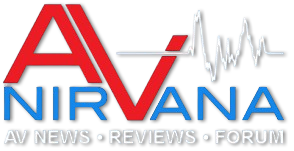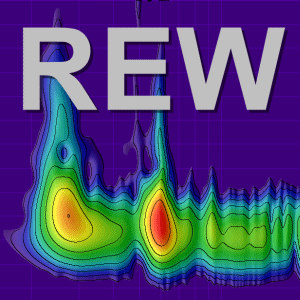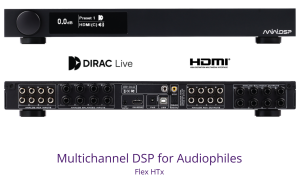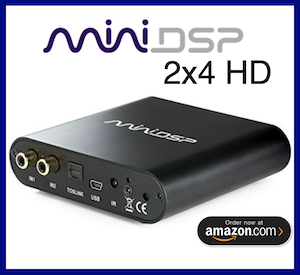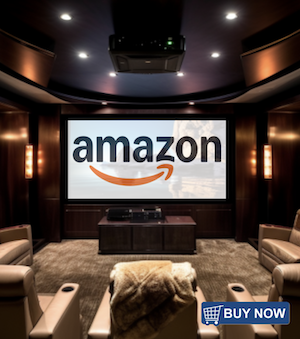Hi All,
I am trying to setup my USB interface to allow loopback as time reference with REW.
I have Audient iD4 mk1 and I wonder if it is possible to set it up with analogue cable connecting some inputs and outputs to achieve analogue loopback to be used as time reference for REW and measuring mic?
If so could someone advise which cable I need and which inputs outputs should I populate with it?
I have tried to find this info online but so far was unlucky.
Time stamped video showing what I am talking about on example of a different interface.
Thanks

I am trying to setup my USB interface to allow loopback as time reference with REW.
I have Audient iD4 mk1 and I wonder if it is possible to set it up with analogue cable connecting some inputs and outputs to achieve analogue loopback to be used as time reference for REW and measuring mic?
If so could someone advise which cable I need and which inputs outputs should I populate with it?
I have tried to find this info online but so far was unlucky.
Time stamped video showing what I am talking about on example of a different interface.
Thanks
Last edited:
